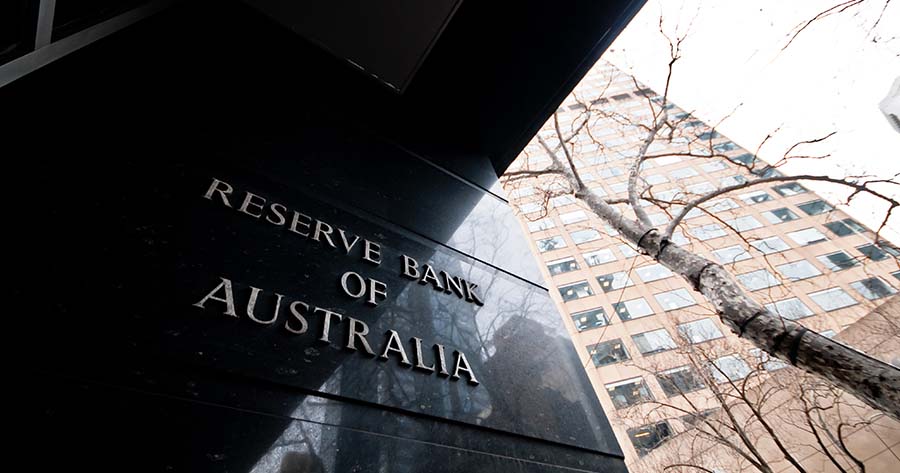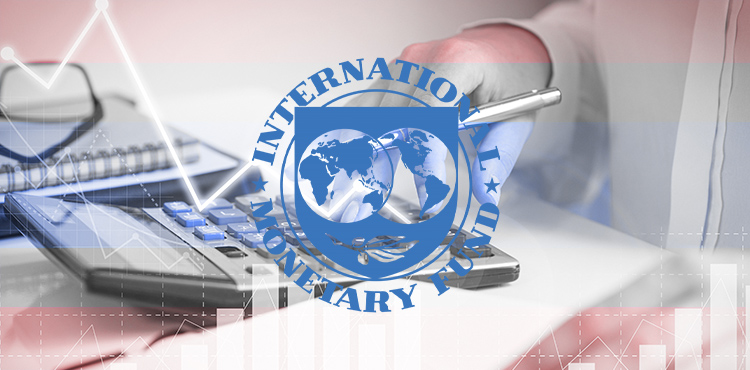As per data from the Australian Bureau of Statistics, Australia’s consumer price index decelerated in February, with the annual inflation rate dipping to 2.4% from 2.5% seen in the previous month, contrary to expectations of stability. Meanwhile, the monthly figure remained unchanged.
This deceleration is mainly attributed to the declining electricity prices. Alongside a continued decrease in home building expenses and rents, the trend strengthened the argument for additional interest rate cuts in the coming months.
For the trimmed mean, core inflation climbed 2.7% year-on-year in February, slightly down from 2.8% in January, maintaining a steady level over the past three months.
Wednesday’s figures reflect encouraging developments in Australia’s inflation narrative, noted My Bui, AMP economist. She added that the trimmed mean is projected to rise 2.9% year-over-year in the first quarter, marking the core measure’s anticipated return to the Reserve Bank of Australia’s (RBA) target range for the first time in three years.
Last month, the RBA reduced interest rates for the first time in over four years but remained cautious about ongoing policy easing. The central bank is closely monitoring core inflation, which is expected to stabilize around 2.7% later in the year, above the 2-3% target midpoint.
The report highlighted easing inflationary pressures across various services for the quarter, with restaurant and takeaway food prices growing by 2.8% and 2.5%, respectively, thus aligning within the target range.
Insurance costs remained high, recording a 7.9% increase compared to the previous year. However, this marks the lowest rate in two years and represents a significant decline, having halved since April of the previous year.
The housing sector continued to show signs of softening, largely due to a 2.5% decline in electricity prices following the implementation of government subsidies in Victoria. Notably, rent and new dwelling price gains further eased to 5.5% and 1.6%, respectively.
Financial markets are assigning a roughly 70% probability of a rate cut in May. Currently, all eyes are on the first-quarter inflation data, which is expected at the end of April.
The RBA will maintain current rates on April 1, stated Luci Ellis, Westpac’s chief economist, pegging a prospective rate reduction for May.
The economist emphasized that upcoming inflation data will play a critical role, suggesting that even a minor decrease in the trimmed mean inflation for the March quarter could solidify the analyst’s outlook on the timing and extent of additional rate reductions.





